RBA left cash range unchanged at 1.50% as widely expected. Overall reaction from the markets is muted as the statement provides little new information..
On the economy it noted that recent data “continue to be consistent” with the central bank’s forecast of “a bit above 3%” GDP growth in 2018 and 2019. National income was given a boost by higher commodity prices. But term’s of trade are expected to decline over the next few years. Labor market development remains “positive” but wages growth remains “low”. Inflation is expected to remain low “for some time too.
RBA maintain the view that further process in lower unemployment will lift inflation back to target. But the progress is likely “to be gradual.”
A more notable change is that RBA omitted “An appreciating exchange rate would be expected to result in a slower pick-up in economic activity and inflation than currently forecast.”. It looks like, after the depreciation since January, RBA is less concerned on exchange rate.
Full statement below.
Statement by Philip Lowe, Governor: Monetary Policy Decision
At its meeting today, the Board decided to leave the cash rate unchanged at 1.50 per cent.
The global economic expansion is continuing. A number of advanced economies are growing at an above-trend rate and unemployment rates are low. The Chinese economy continues to grow solidly, with the authorities paying increased attention to the risks in the financial sector and the sustainability of growth. Globally, inflation remains low, although it has increased in some economies and further increases are expected given the tight labour markets. One uncertainty regarding the global outlook stems from the direction of international trade policy in the United States. There have also been strains in a few emerging market economies, largely for country-specific reasons.
Financial conditions remain expansionary, although they are gradually becoming less so in some countries. There has been a broad-based appreciation of the US dollar. In Australia, short-term wholesale interest rates have increased over recent months. This is partly due to developments in the United States, but there are other factors at work as well. It remains to be seen the extent to which these factors persist.
The recent data on the Australian economy continue to be consistent with the Bank’s central forecast for GDP growth to average a bit above 3 per cent in 2018 and 2019. GDP grew strongly in the March quarter, with the economy expanding by 3.1 per cent over the year. Business conditions are positive and non-mining business investment is continuing to increase. Higher levels of public infrastructure investment are also supporting the economy. One continuing source of uncertainty is the outlook for household consumption. Household income has been growing slowly and debt levels are high.
Higher commodity prices have provided a boost to national income recently. Australia’s terms of trade are, however, expected to decline over the next few years, but remain at a relatively high level. The Australian dollar has depreciated a little, but remains within the range that it has been in over the past two years.
The outlook for the labour market remains positive. Strong growth in employment has been accompanied by a significant rise in labour force participation. The vacancy rate is high and other forward-looking indicators continue to point to solid growth in employment. A gradual decline in the unemployment rate is expected, after being steady at around 5½ per cent for much of the past year. Wages growth remains low. This is likely to continue for a while yet, although the stronger economy should see some lift in wages growth over time. Consistent with this, the rate of wages growth appears to have troughed and there are increasing reports of skills shortages in some areas.
Inflation is low and is likely to remain so for some time, reflecting low growth in labour costs and strong competition in retailing. A gradual pick-up in inflation is, however, expected as the economy strengthens. The central forecast is for CPI inflation to be a bit above 2 per cent in 2018.
Nationwide measures of housing prices are little changed over the past six months. Conditions in the Sydney and Melbourne housing markets have eased, with prices declining in both markets. Housing credit growth has declined, with investor demand having slowed noticeably. Lending standards are tighter than they were a few years ago, with APRA’s supervisory measures helping to contain the build-up of risk in household balance sheets. Some further tightening of lending standards by banks is possible, although the average mortgage interest rate on outstanding loans has been declining for some time.
The low level of interest rates is continuing to support the Australian economy. Further progress in reducing unemployment and having inflation return to target is expected, although this progress is likely to be gradual. Taking account of the available information, the Board judged that holding the stance of monetary policy unchanged at this meeting would be consistent with sustainable growth in the economy and achieving the inflation target over time.





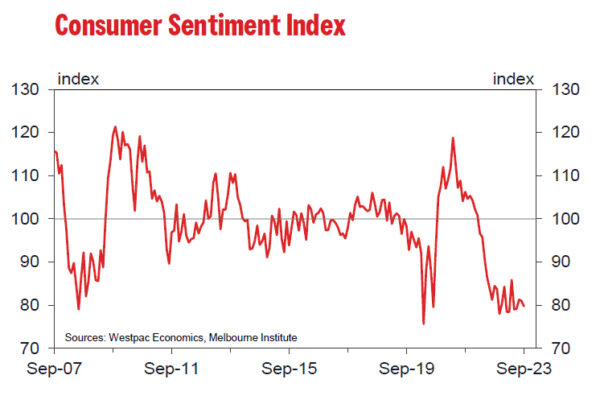
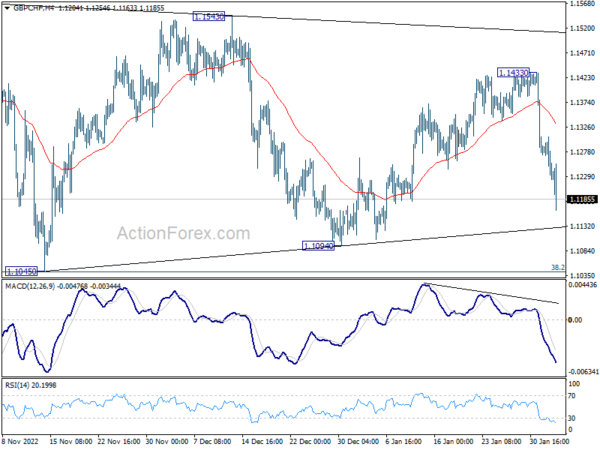
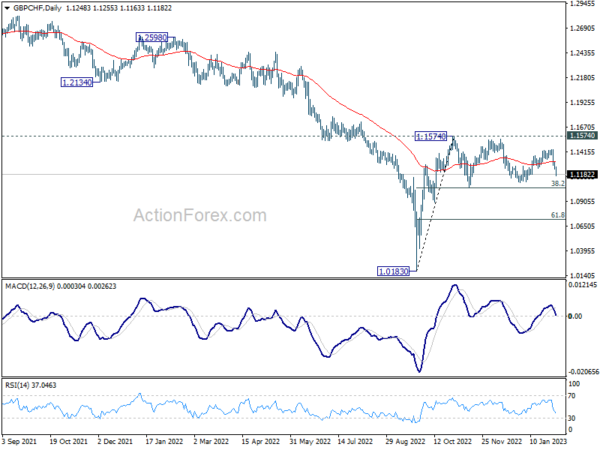
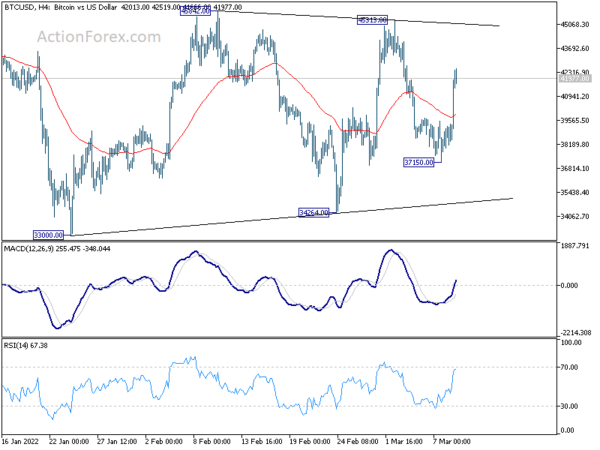
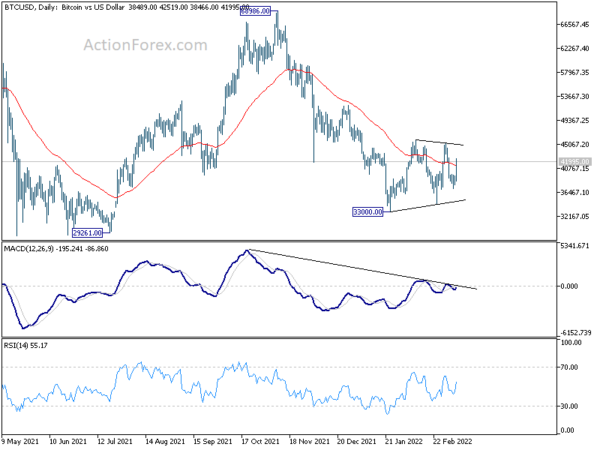
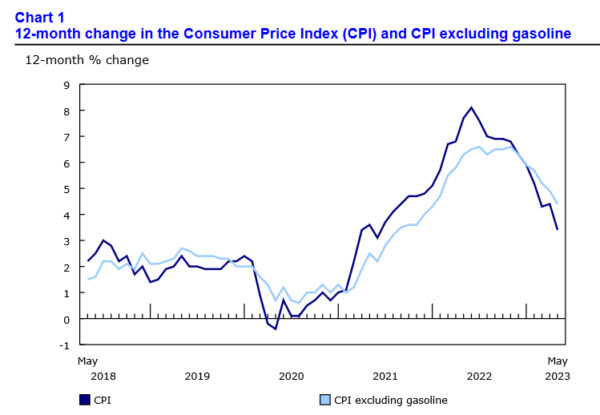
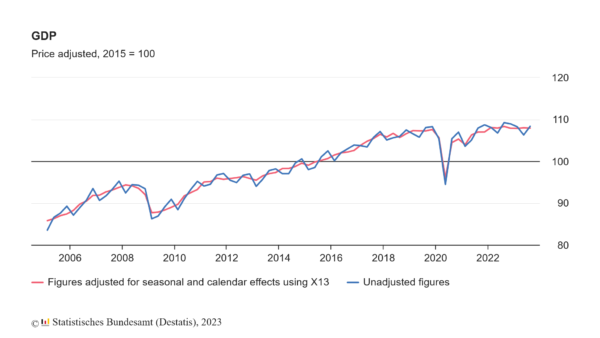
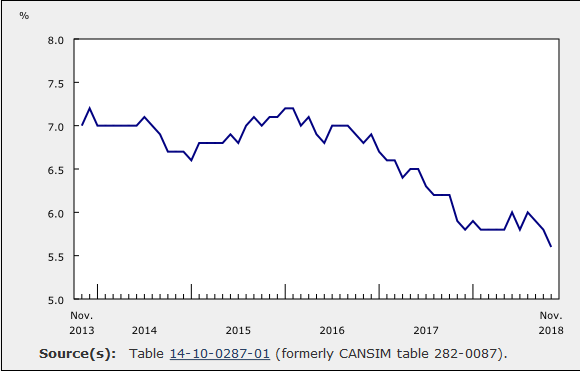
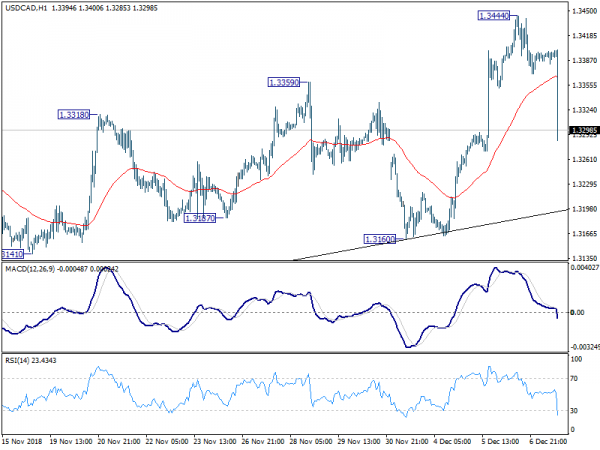
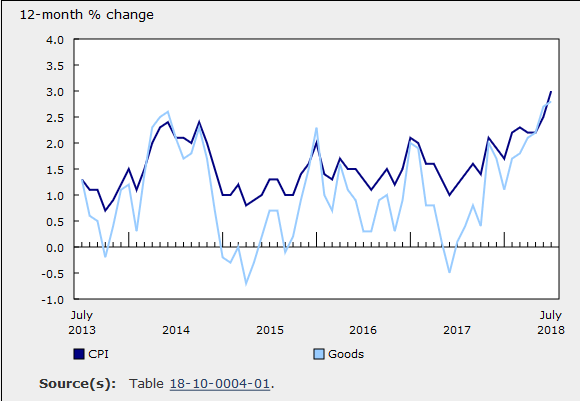
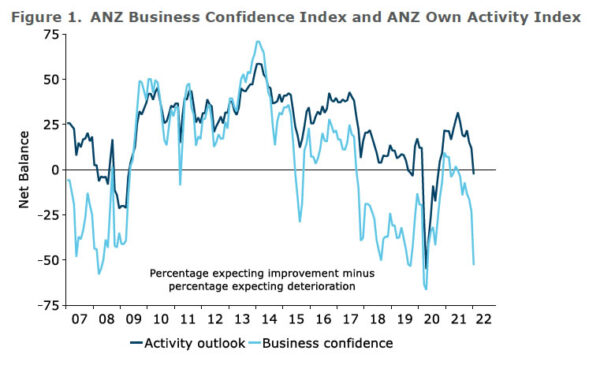
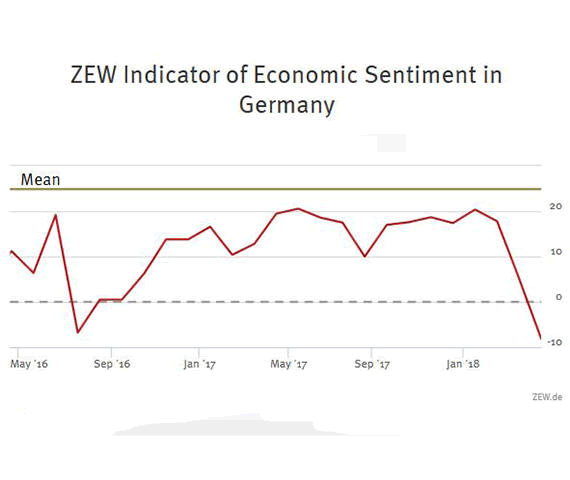
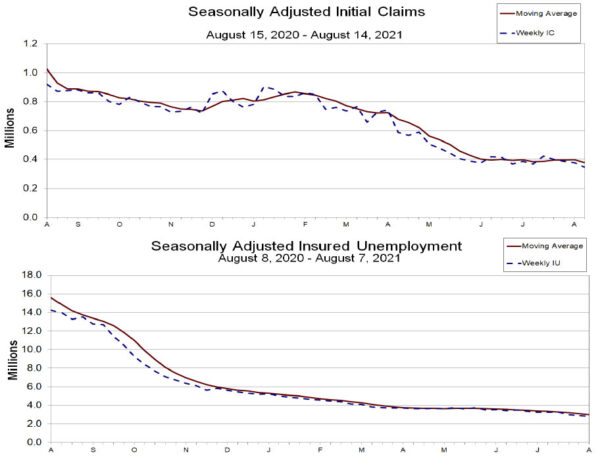
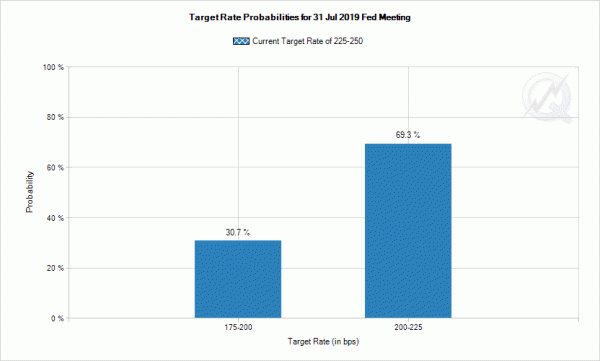

NFP in focus as Dollar index capped below 93.47 resistance
US Non-Farm Payrolls employment data will be the main event for today. Markets are expecting 1550k job growth in August, slightly down from July’s 1763k. Unemployment rate is expected to drop to 9.9%, down from 10.2%. Looking at other employment related data, ADP private employment was a big disappointment with just 428k growth. ISM Manufacturing employment edged higher by 2.1 pts to 46.4, but stayed in contraction. ISM Non-Manufacturing employment rose notably by 5.8 pts to 47.9, but also stayed in contraction. Jobless claims was a positive development though, with four-week moving average down from 1.34m to 992k.
Dollar’s reaction to NFP data is relatively uncertain. Dollar index’s down trend since March’s spike looks overstretched, with clear bullish convergence condition in daily MACD and RSI. Yet there has been no follow-through buying in the multiple rebound attempts in recent weeks. Break of 93.47 resistance is needed to be first sign of short term bottoming. In that case, we’d likely see a test on 44 day EMA (now at 94.43) at least.